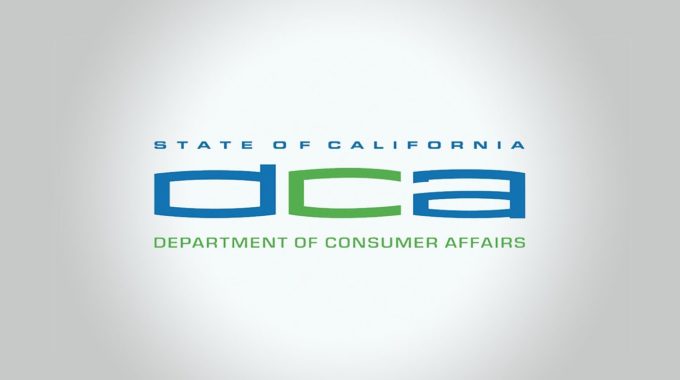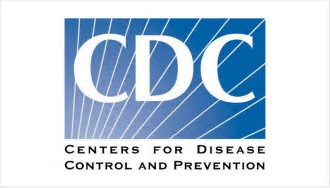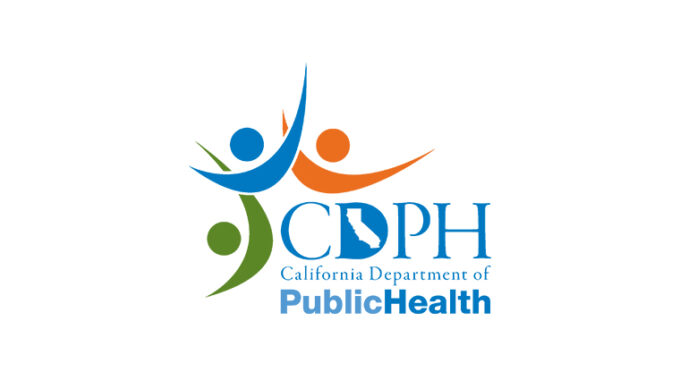On December 5, 2025, the Dental Board of California (DBC) issued an important Fraud Alert…
Proper Infection Control Procedures Considered Standard of Care
In March 2018, the New Hampshire Board of Dental Examiners suspended a dentist from practicing dentistry for professional misconduct for “failure to follow the current guidelines of the American Dental Association” for dental infection control. According to an investigation by the New Hampshire Board of Infectious Disease Control, the dentist used non-sterilized instruments on multiple patients, lacked written infection control policies and procedures, and did not train staff properly.
Proper procedures for infection prevention and control in a dental office are essential for providing safe dental care; noncompliance with infection control standards is against the law and can lead to disciplinary action.
Many states have specific infection control requirements that licensees must follow, while other states require licensees to adhere to the Centers for Disease Control and Prevention’s (CDC’s) or American Dental Association’s (ADA’s) recommendations for dental infection control.
The CDC’s 2003 Guidelines for Infection Control in Dental Healthcare Settings along with the CDC’s 2016 summary document CDC Summary of Infection Prevention Practices in Dental Settings: Basic Expectations for Safe Care provide comprehensive information and recommendations for dental infection prevention and control.
For our OSHA Review subscribers… the May/June 2017 issue of OSHA Review in Section VIII of your OSHA Review binder covers the Dental Board of California’s infection control requirements; additionally, a written infection control protocol template can be downloaded from OSHA Review’s website.
Since 1992, OSHA Review, Inc. has provided dental professionals with comprehensive programs to support regulatory compliance and infection control. We are a registered continuing education provider in the state of California, specializing in Dental Practice Act, infection control, and OSHA training



